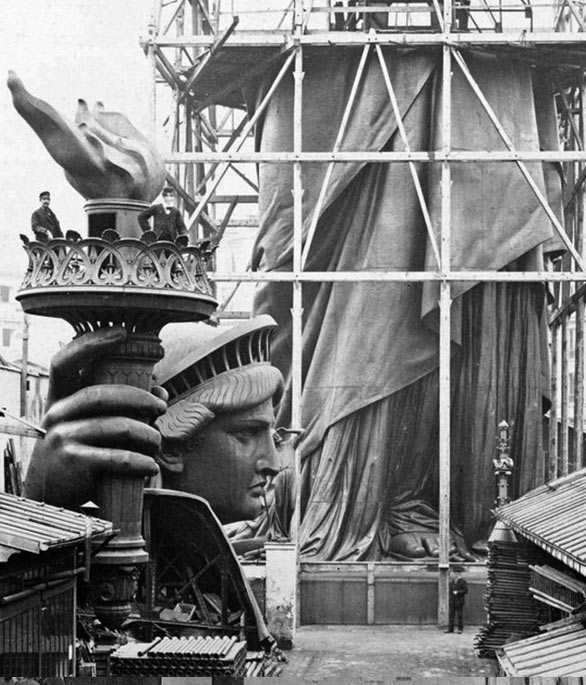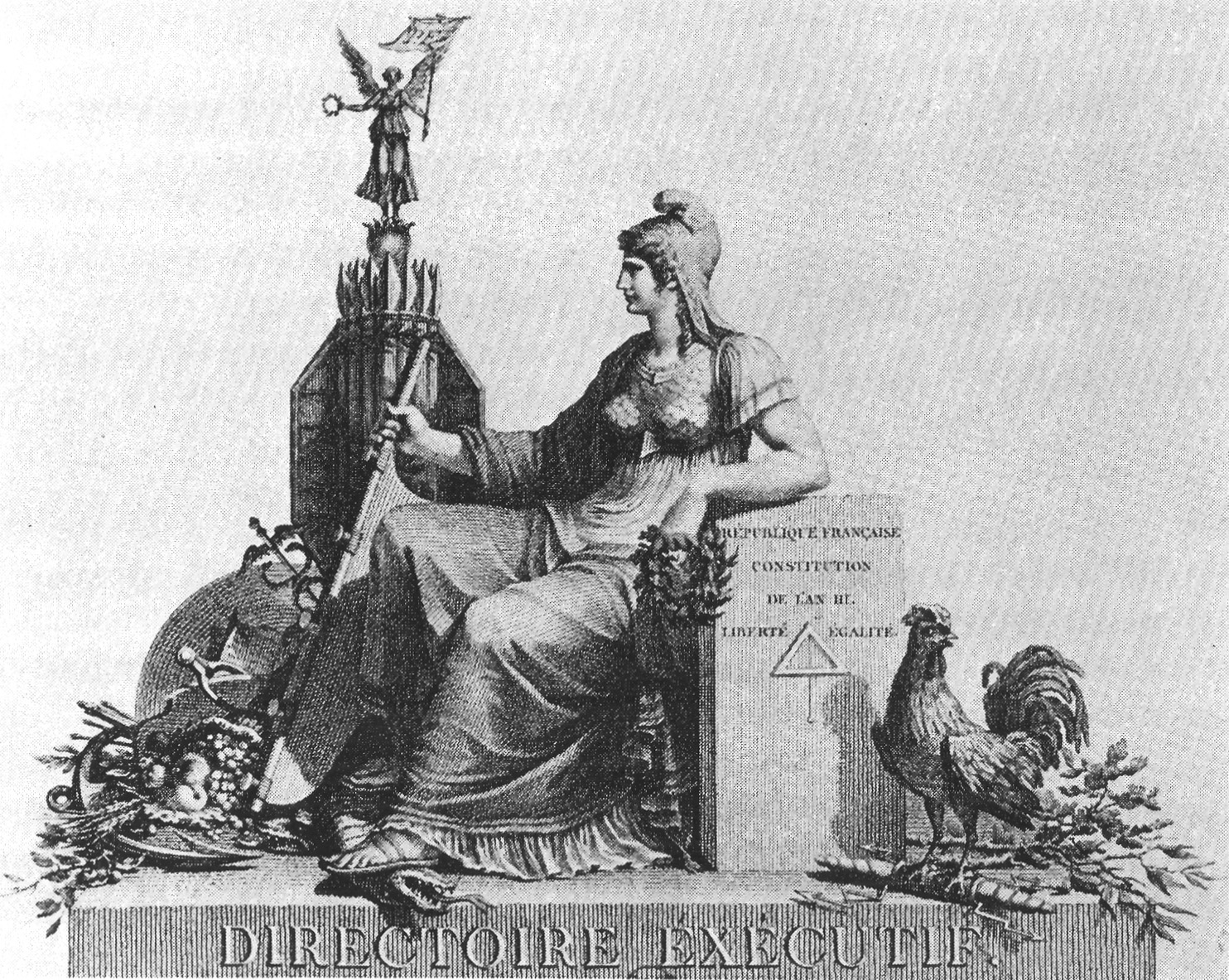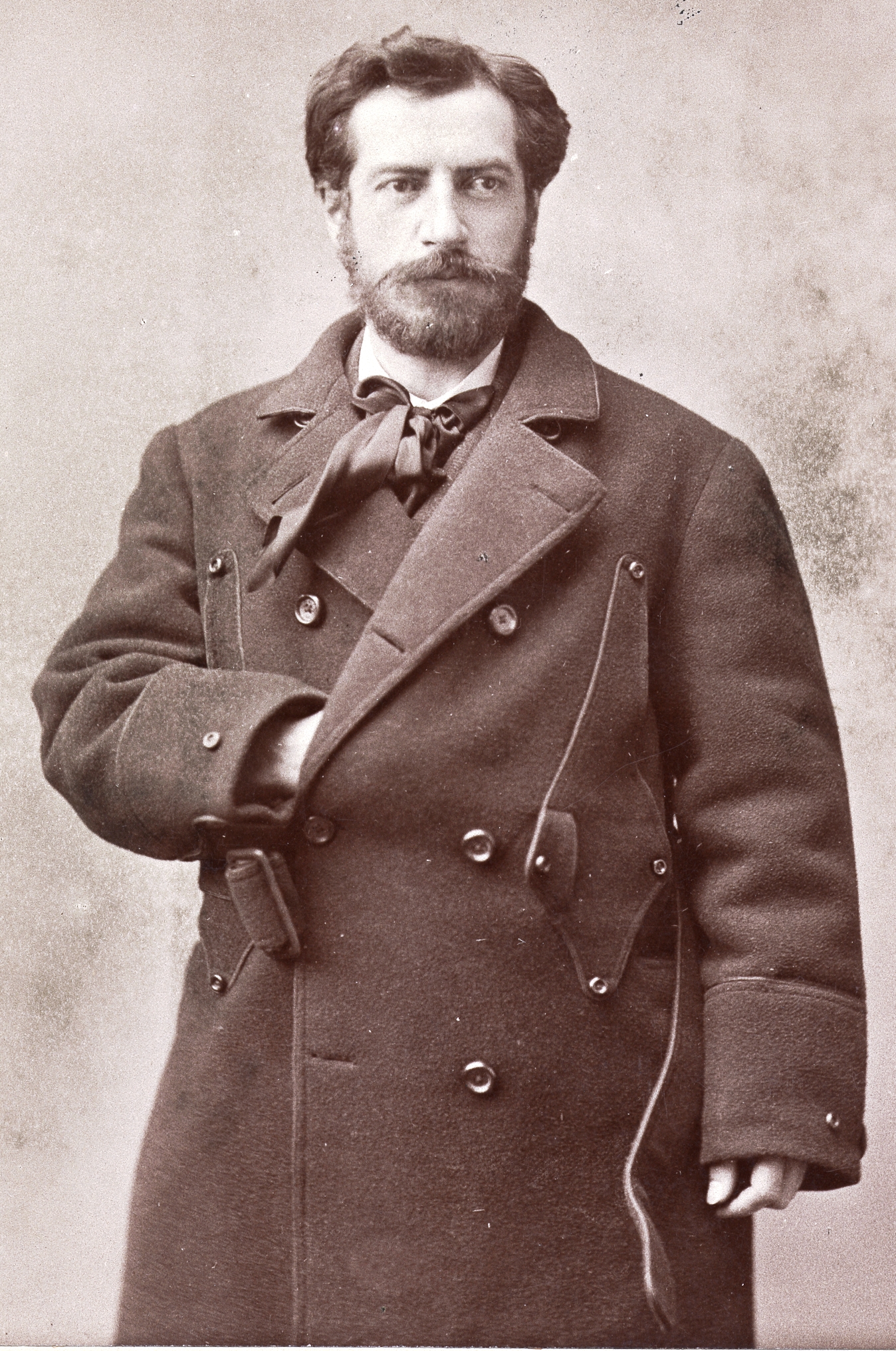Why the Statue of Liberty's real name is (probably) Marianne:

Why the Statue of Liberty's real name is (probably) Marianne:

Libertas was the Ancient Roman goddess of freedom.
She was usually depicted with a rod and a soft hat, called a pileus. Slaves were touched with the rod and presented with a pileus to wear upon being freed; these were symbols of liberty in Rome.

Libertas was revived in Europe many centuries later. She became a national symbol in the Netherlands, known simply as the Dutch Maiden, and was usually portrayed alongside a lion.
The hat and rod remained, although the Maiden sometimes took on a more military appearance.


Libertas became a natural symbol of the French Revolution. Roman ideas had played a role in fomenting it, after all, and she was a perfect contrast to the monarchist heroine, Joan of Arc.
In 1792 a new Great Seal of France was created with the iconography of Libertas:

This specifically French interpretation of Libertas became known as Marianne - here was the symbol of a new, enlightened, free, and just France.
And so depictions of her became ubiquitous - in some cases even replacing statues of St Mary in churches.


Marianne was replaced on the Great Seal of France by Hercules in 1793, but her popularity and legacy endured (and continues to endure!) as a symbol of French democracy.
Although, of course, the Republic soon became an empire with the rise of Napoleon Bonaparte...

Eugène Delacroix's famous painting, Liberty Leading the People, doesn't depict the French Revolution. Rather, it's the July Revolution of 1830.
And here we see Libertas, or Marianne, again. Only here the rationality has been replaced by a fiercer revolutionary spirit.

Then came another revolution in 1848 which saw the fall of King Louis Philippe and the establishment of the Second Republic.
A new Great Seal was made (which remains official) with Libertas, or Marianne, back after five decades; but the hat had been replaced by a diadem.


In 1865, after Union victory in the American Civil War, a lawyer and activist called Édouard René de Laboulaye came up with an idea.
He conceived of the gift of a great statue from France to the United States, representing their shared ideals of liberty and republicanism.

This made sense. Both the French and American republics has been inspired by the ideals of Greece and Rome, and the US already had some similar iconography, such as the Statue of Freedom on the Capitol - a militant version of Libertas with sword and shield.

But nothing came of it; France was not a republic.
Until 1870, when Napoleon III was captured by the Prussians and the Second Empire replaced by the Third Republic.
And so, an ambitious sculptor called Frédéric Bartholdi, who had served in the war, teamed up with Laboulaye...
Bartholdi studied at the École Nationale Supérieure des Beaux-Arts in Paris and was fully versed in the neoclassical style necessary for any statue of Roman Libertas.
But he had also studied with the Romantic painter Ary Scheffer, and so possessed a rather visionary spirit, too.

In the 1860s Bartholdi designed a huge statue called "Egypt Carrying the Light to Asia", of an Egyptian peasant woman carrying a torch, for the opening of the Suez Canal.
It was turned down as too expensive and complicated, but in Laboulaye's idea this ambition found an outlet.

In 1875 Laboulaye officially announced his project, founded the Franco-American Union, and started raising funds.
In 1879 Bartholdi received a patent for his design; rather than the hat typical of Libertas, he went for the diadem of the Great Seal of France.

And though it was Bartholdi who designed the statue he received help with its engineering from none other than Gustave Eiffel, of Eiffel Tower fame.

The statue - which is officially called Liberty Enlightening the World - was finished in 1885 after immense fundraising efforts in France.
In the United States, meanwhile, there had been an equally impressive campaign to raise funds for the construction of a pedestal.

Everything fell into place and, after being taken apart, shipped from France to New York, and reassembed, Liberty Enlightening the World was dedicated on 28th October 1886.
Laboulaye's republican dream & Bartholdi's modern colossus had somehow both been realised.


The Statue of Liberty isn't an official depiction of Marianne, but via Bartholdi's design, which incorporated distinct aspects of the French version of Libertas, the connection is clear.
From Ancient Rome to New York, a symbol of liberty two thousand years in the making.
